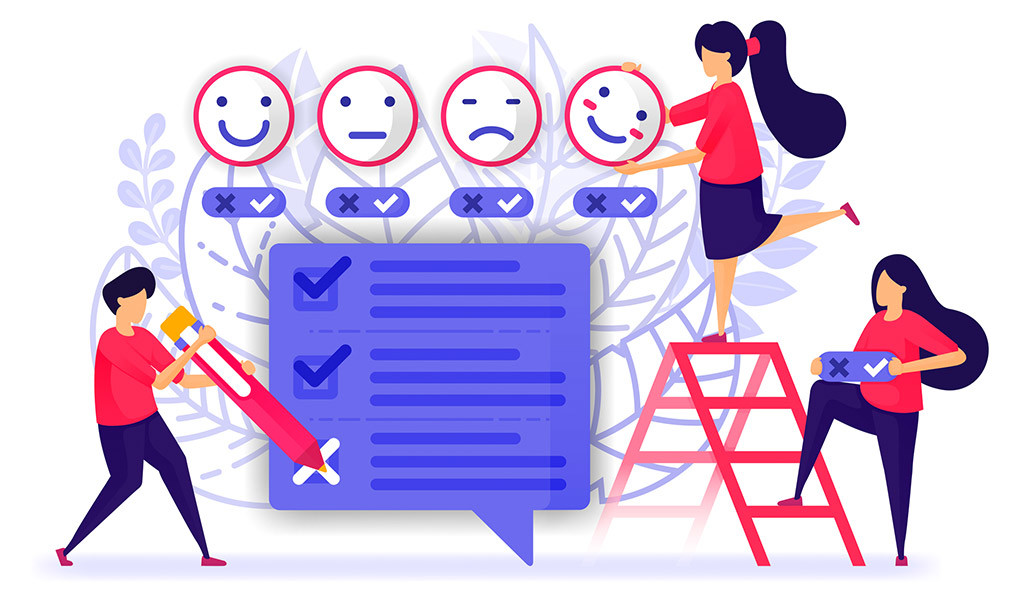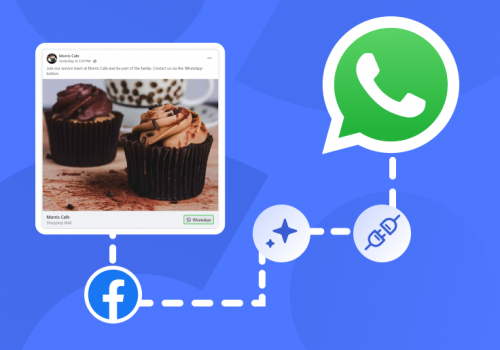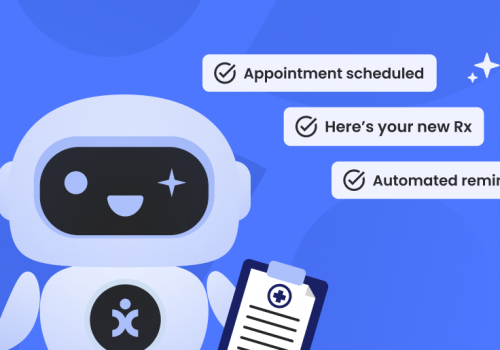Customer Acquisition for Enterprises. Every enterprise needs new customers to grow and to thrive. However, in a climate where trust in enterprises is declining and marketing is more expensive than ever, this is no easy feat. One study found that 55% of consumers don’t trust businesses they buy from as much as they used to in the past. There are several reasons for this downward shift, with the most prominent being that consumers believe other consumers more than they trust the enterprise’s own narrative. Over 80% of consumers trust their friends and family over professional business advice. Furthermore, 65% of consumers don’t trust company press releases.
Put simply, in 2020, it’s not enough to just tell customers who you are, what you offer, and what you stand for. For them to believe you, you have to show them with your actions. Today we’re going to tell you what actions you should take to prove your worth to customers and boost your customer acquisition rates.
Increase Customer Acquisition with These 6 Rules
1. Focus on Customer Service
Providing excellent customer service is critical in 2020. Organizations now focus their efforts on meeting customer expectations, being available whenever their customers need them, and on creating valuable customer experiences. Research shows that companies that excel in providing a superior customer experience grow revenues 4-8% above their market. So, why is this? To answer this question, we have to take a look at how the customer service landscape has changed. How is customer service in 2020 different from how it was in the past? And how do these changes equate to customer acquisition? Here are the keyways customer service has changed.
- Technology – It used to be common for companies to offer only one channel of communication. Today, to be competitive companies have to offer multiple communication channels such as email, phone, Live Chat, chatbots, and social media. There has also been a huge leap forwards in the technology that supports customer service operations. Omnichannel platforms are now skyrocketing in popularity as companies see the value in a unified, optimized, and streamlined approach to customer service.
- Personalization – With Big Data comes big insights. These insights mean that we know more about our customers than ever before, and this means we can deliver exactly what they want.
- Increased focus on speed – Customers will move on to another company if they have to wait too long for a response. Everyone has a different definition of how long is too long, so it’s best to assume everyone has a low tolerance for waiting so you will satisfy the majority of customers.
- Controlling the narrative – The world is now more connected than ever and entire websites exist for the sole purpose of reviewing companies. In the past, companies had more control over their narrative. If a customer had a poor experience with the company, then sure, they might tell their friends and family. But the damage was very much limited. Consumers felt out of control and like they were at the mercy of large companies who didn’t want to listen. Consumers had no voice. The situation couldn’t be more different today. Reviews are everywhere and consumers trust them. One negative review now had the potential to reach thousands of people and inform their buying decisions. This means that companies can’t afford to provide customers with a bad experience.
These changes and others have all had a significant impact on customer loyalty. By providing an improved customer experience, you create more loyal customers, and loyal customers are critical to the success of your business. Loyal customers become promoters of your brand and have a lifetime value of 6 to 14 times that of brand detractors.
2. Build Engagement
Customers don’t buy products, they buy experiences – so get making them! As much as we’d all love for this to be false, the fact of the matter is that most consumers won’t buy from you the first time they visit your website. There are so many choices available to consumers in 2020, and consumers are more conscious than ever about where they put their money. To get them to buy, you need to cultivate a relationship with them. You have to get them engaged with your brand and create positive emotions that they will remember. Here are a few tips to build engagement:
- Monitor social conversations – You can use software to monitor all mentions of your business on social media. If you know what people are saying about you, then you can make meaningful changes to address these issues.
- Know customer pain points and do everything you can to address them.
- Create a strong brand with a consistent and unified message.
3. Don’t Pump Money into Outdated Advice – Innovate and Move with the Times
Don’t be afraid to think outside the box to solve your problems. It can be tempting to default to the old way of doing things or use linear logic to find a solution. Sometimes the best solutions are outside the lines, but you won’t see them if you don’t widen your focus. For example, let’s consider this traditional approach to increasing acquisition. You want more customers, so you need more people to be trying to sell to these customers, so you should hire more salespeople. Hiring new sales staff can cost your business a lot of money but might not provide as much value as taking a different approach.
For a different approach, you could instead invest in a chatbot to create high quality leads for your sales team. You could create online content (articles, videos, or even social media posts), and study your viewers. These people have engaged with your brand so you know they are already interested in your business. Focus on reaching these people and converting them to paying customers.

4. Educate Instead of Convincing
Most consumers are turned off by a hard sell. It’s now extremely rare that a consumer won’t already know and understand your product. Everyone uses Google so the likelihood is that your potential customer has already shopped around before landing on your website. They’ve already done their research and know what they want from the product. If you go over the top in trying to convince a customer to buy from you it comes across as condescending, arrogant, and desperate.
Instead, you should assume that your customers are intelligent and cautious buyers. Give them the facts they need to make a decision, but don’t beg them to buy. Then you should take it one step further and educate your customers about your area of expertise. Why would anyone want to buy from a company that isn’t an authority in their industry? Why would a customer trust you? Don’t just say you’re an expert, prove it.
Become an authority by producing high-quality content that educates customers. Insert yourself into discussions taking place in your industry and offer your expert opinion.
5. Find Your Strengths and Nurture Them
What pages on your website get the most organic traffic? What keywords drive the most people to your website? What positive things do customers say when they review your business? Make a list of all of your strengths and find ways to make your approach even stronger.
Find industry or product-specific Google queries and create content that targets these queries. Your goal should be to provide relevant content for your potential customers. There’s nothing more frustrating than Google taking you to a website only for you to find that the website is completely at odds with your wants or needs. Find out why your customers like your product or business and target similar customers by focusing on these areas.
6. Reward Your Loyal Customers
In the customer service section, we talked about how instrumental your loyal customers are in bringing in new customers. Don’t take these customers for granted. Instead, you should be continually assessing how you can reward your loyal customers to strengthen that loyalty. Loyalty has to be earned and earned over and over.
You can offer discounts, run reward schemes, have a refer a friend system, give them gifts, and more.

Customer Acquisition Trends for 2020
Getting Personal
Getting personal in this sense doesn’t just mean creating personalized ad content or putting on a friendly face in your online communications. It means inviting customers into your company and letting them get to know you better. It’s 2020, so inviting customers in no longer means inviting people into your offices for cake and coffee. Instead, you go digital. There’s currently a spike in companies going Live on social media like Facebook, Instagram, and YouTube and letting people know about their business goals and activities. You can also create videos where you offer helpful advice to customers.
The reason YouTube is so successful is because it gives the general public a window into the lives of other people. There’s something uniquely personal and intimate about following your favorite YouTuber for years. You start to feel like you know them. You trust their perspective on certain things because they become a familiar authority on that topic. We’re not saying you should create a YouTube account and aspire to be a big content creator, but that you should apply the same techniques when you do create content. For example, if you create helpful advice content for your customers, make sure it isn’t faceless. Have a dedicated person who puts their voice and face to the content. Customers will associate the person, their voice, passion, and values with your company. Your company suddenly becomes more approachable.
Create Evergreen Content
Your evergreen content can keep people coming back to your website for years. Evergreen content can be in the form of helpful blogs or even in your FAQs.
Tweak and Republish Old Content
Older pages can experience fewer views and be deemed less relevant by Google. Your old content might not focus on keywords in the same way your new content does, or maybe the keywords are no longer relevant. To combat this, you can continually update your old content to keep it fresh and relevant.
Track Competitor Mentions Too
You should be tracking your own mentions, but it’s a good idea to track your competitor mentions too. See who they are talking to and who is engaging with their brand. There may be an opportunity for you to introduce yourself to relevant figures in your industry.
Influencers
Influencers have been big for a while now, and the strategy is tried and tested. It works! Don’t just follow the numbers and pick someone with a high follower count. For influencer marketing to be successful you must find creators that share the values of your brand and are popular with your target audience.
Email Marketing
Email marketing has been around since emails were invented. However, in 2020, things are done a little differently. You now have access to data that will tell you who opened and who didn’t open your email. Play around with your wording to see what effect that has on email opening rates.




















